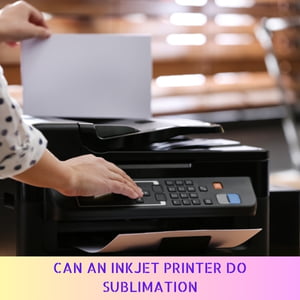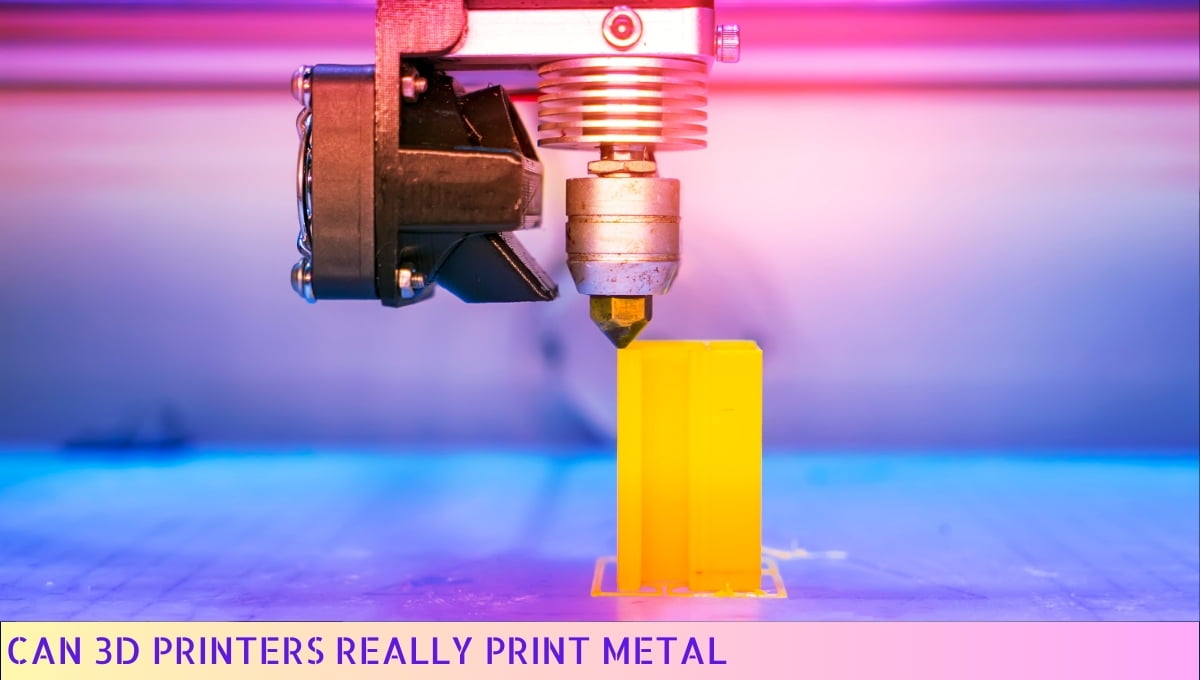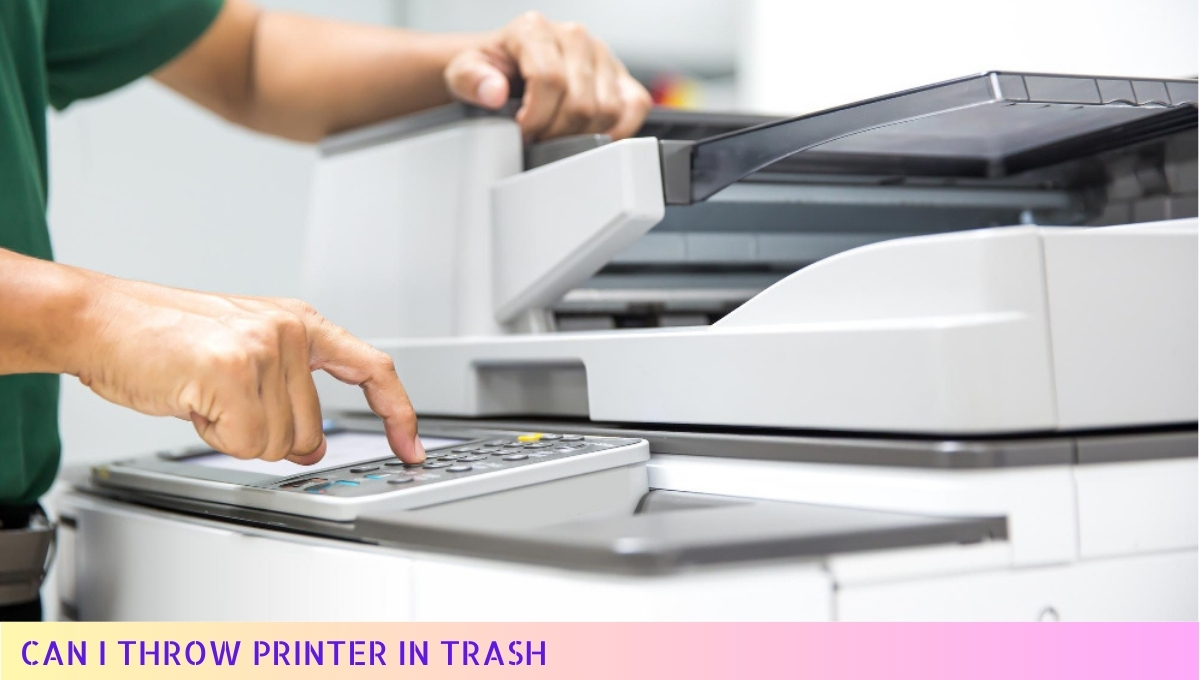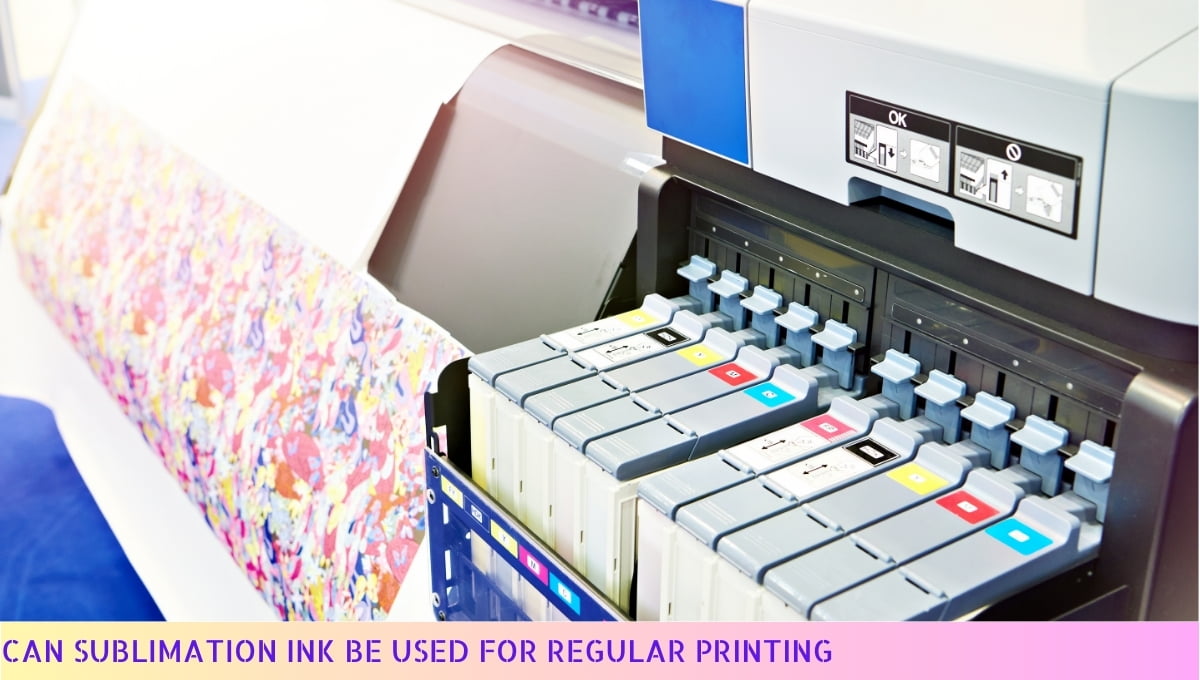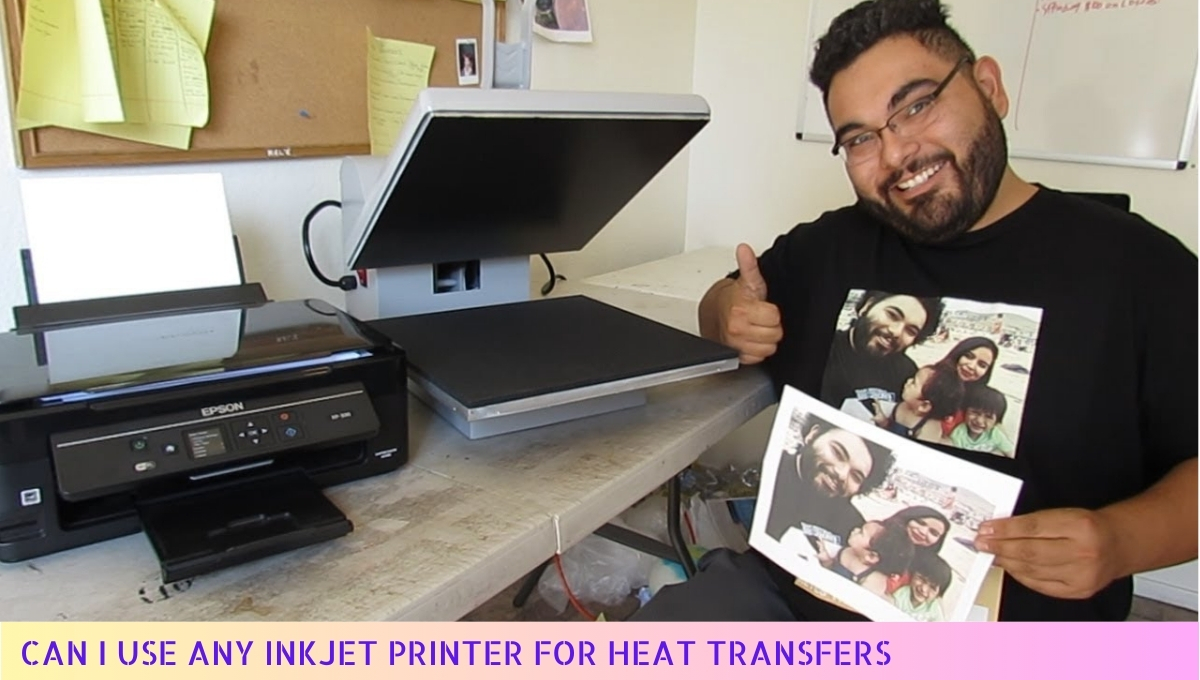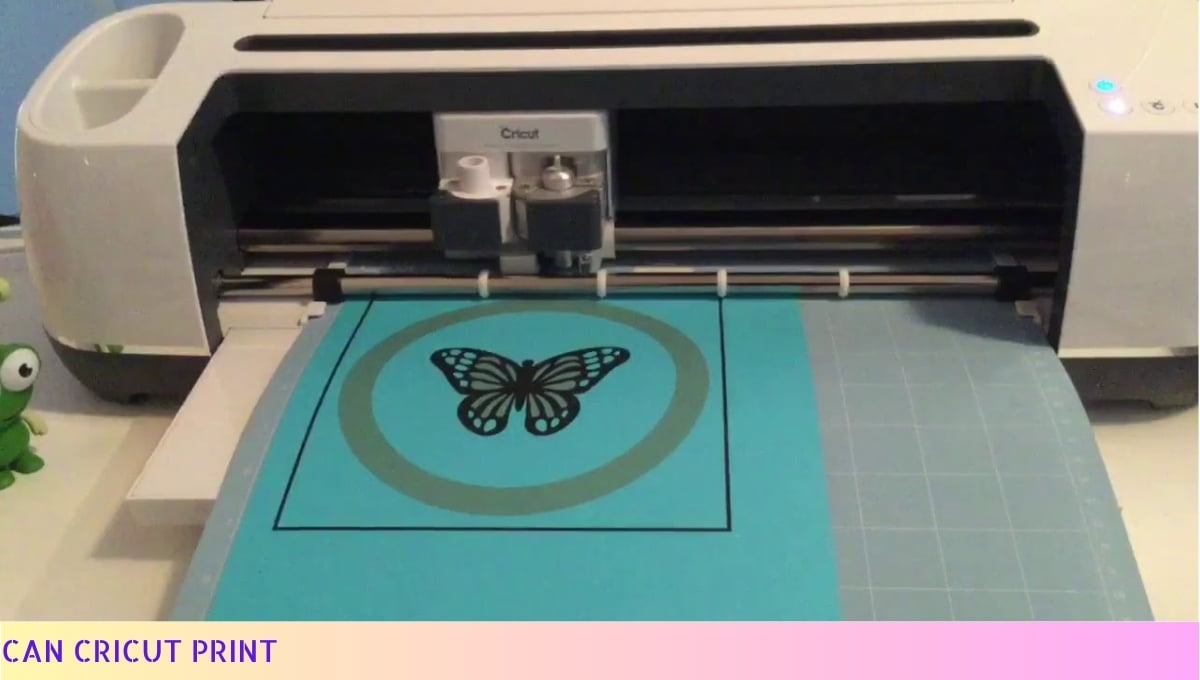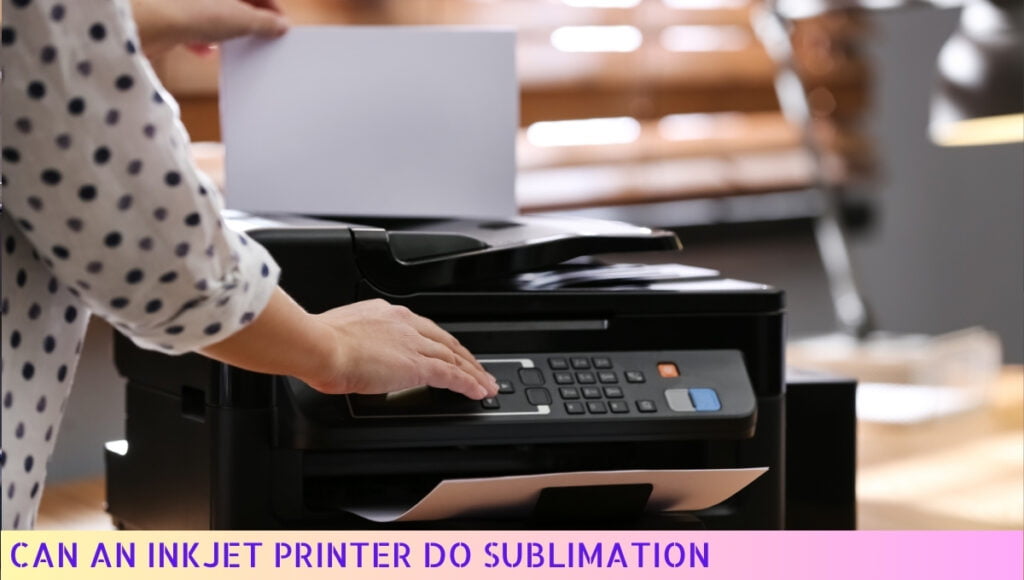
Yes, an inkjet printer can do sublimation. Sublimation is a printing technique that uses heat to transfer dye onto materials such as fabric, ceramics, or metal.
While specialized sublimation printers are available, it is possible to use an inkjet printer for sublimation by using sublimation inks and transfer paper.
However, it is important to note that not all inkjet printers are suitable for sublimation, as they may not reach the required temperature for the dye to transfer effectively.
I. Understanding Sublimation Printing

Sublimation printing is a popular method for transferring designs onto various surfaces, such as fabrics, ceramics, and metals.
It involves using heat to convert solid dye particles into a gas, which then permeates the material and solidifies again, resulting in vibrant and long-lasting prints.
Unlike traditional printing methods, sublimation printing allows for full-color and intricate designs without any visible dots or pixels.
1. What is Sublimation Printing?
Sublimation printing relies on a specific type of ink called sublimation ink. This ink is specially formulated to undergo a phase change when exposed to high temperatures.
When the ink is heated, it transforms from a solid state into a gas without passing through the liquid stage. This gas then bonds with the fibers of the material, creating a permanent and durable print.
2. The Role of Heat Presses
To achieve sublimation printing, a heat press is required. A heat press is a machine that applies both heat and pressure to transfer the sublimation ink onto the material.
The heat press ensures that the ink is evenly distributed and properly adheres to the surface, resulting in vibrant and high-quality prints.
1. The Sublimation Process
The sublimation process involves the following steps:
- Design Creation: The design is created using graphic design software, ensuring it is in a CMYK color format.
- Printing: The design is printed onto sublimation paper using sublimation ink.
- Transfer: The printed design is placed face-down onto the material.
- Heat Pressing: The material, along with the sublimation paper, is subjected to high heat and pressure using a heat press.
- Cooling: After the designated time, the material is removed from the heat press and allowed to cool.
- Peeling: Once cooled, the sublimation paper is peeled off, leaving behind a vibrant and permanent print on the material.
3. Applications of Sublimation Printing
Sublimation printing finds applications in various industries, including:
- Apparel: Customized t-shirts, jerseys, and activewear.
- Home Decor: Cushion covers, curtains, and personalized photo frames.
- Gifts and Promotional Items: Mugs, keychains, and personalized phone cases.
- Sporting Goods: Team uniforms, sports balls, and gym bags.
- Signage and Banners: Flags, banners, and exhibition displays.
II. Can an Inkjet Printer Perform Sublimation Printing?

Now that we have a good understanding of sublimation printing, let’s address the question at hand: can an inkjet printer do sublimation?
1. The Short Answer
No, a standard inkjet printer cannot perform sublimation printing without modifications. Inkjet printers use water-based inks, which are not compatible with the sublimation process.
Sublimation ink, on the other hand, is dye-based and requires specific conditions to achieve the desired results.
2. The Technical Differences
The main technical differences between regular inkjet printing and sublimation printing are:
- Ink Composition: Inkjet printers use water-based inks, while sublimation printers require dye-based sublimation inks.
- Ink Delivery System: Inkjet printers use cartridges, while sublimation printers use ink tanks or continuous ink supply systems (CISS) for better ink flow.
- Printer Heads: Sublimation printers have specialized heads designed to handle the unique properties of sublimation inks, such as higher heat resistance.
- Temperature Control: Sublimation printers have built-in temperature control mechanisms to ensure proper ink vaporization and transfer.
3. Modifying an Inkjet Printer for Sublimation
While a standard inkjet printer cannot perform sublimation printing out of the box, it is possible to modify it to work with sublimation inks.
This process involves several steps:
- Emptying Cartridges: The existing water-based ink cartridges need to be removed and replaced with empty cartridges or a continuous ink supply system (CISS).
- Flushing the Printer: The printer’s ink delivery system needs to be thoroughly flushed to remove any residual water-based ink.
- Refilling with Sublimation Ink: Once the printer is flushed, it can be filled with sublimation ink, allowing it to print using the sublimation process.
- Adjusting Printer Settings: Specific printer settings, such as color profiles and print quality, may need to be adjusted to optimize sublimation printing.
4. Considerations and Limitations
It’s important to note that modifying an inkjet printer for sublimation printing may void its warranty. Additionally, the success of the modification depends on the printer model and the availability of compatible sublimation inks and accessories.
Furthermore, sublimation printing requires specialized transfer papers designed to hold and release the sublimation ink properly. Using regular inkjet paper may result in poor transfer and color accuracy.
III. Sublimation Printers: A Better Option

While modifying an inkjet printer for sublimation is possible, it may not always yield the best results.
Sublimation printers, specifically designed for sublimation printing, offer several advantages over modified inkjet printers:
1. Optimized Performance
Sublimation printers are engineered to handle the unique requirements of sublimation printing.
They have dedicated ink systems, specialized printer heads, and built-in temperature control mechanisms. This ensures consistent and high-quality prints without the need for modifications.
2. Color Accuracy and Vibrancy
Sublimation printers, paired with sublimation inks and transfer papers, deliver exceptional color accuracy and vibrancy.
The dye-based sublimation inks produce vivid and true-to-life colors, making them ideal for applications where color reproduction is crucial.
3. Efficiency and Productivity
Sublimation printers are designed for high-volume printing, making them more efficient and productive compared to modified inkjet printers.
They can handle larger print sizes and have faster print speeds, allowing for quicker turnaround times.
4. Longevity and Durability
Sublimation prints created using dedicated sublimation printers and inks exhibit excellent durability. The prints are resistant to fading, cracking, and peeling, ensuring long-lasting results that can withstand regular use and washing.
FAQ: Can an Inkjet Printer Do Sublimation
1. Can an inkjet printer be used for sublimation printing?
While inkjet printers are commonly used for regular printing tasks, they are not suitable for sublimation printing. Sublimation requires special sublimation inks and a printer that can reach high temperatures to convert the ink into a gas, which then bonds with the fabric or substrate.
2. What is sublimation printing?
Sublimation printing is a technique that uses heat and pressure to transfer dye onto materials such as fabrics, ceramics, or metals. It allows for vibrant and long-lasting prints with excellent color reproduction and durability.
3. What type of printer is required for sublimation printing?
A specialized sublimation printer is required for sublimation printing. These printers are designed to handle the sublimation ink and reach the high temperatures necessary for the dye transfer process.
4. Can I convert my inkjet printer into a sublimation printer?
No, it is not possible to convert an inkjet printer into a sublimation printer. Sublimation printers have specific components and capabilities that are not present in regular inkjet printers.
5. What are the advantages of using a sublimation printer?
Sublimation printers offer several advantages, including vibrant and durable prints, the ability to print on a wide range of materials, and the option to create custom designs with high accuracy and detail.
6. Can I use sublimation inks in my inkjet printer?
No, sublimation inks are not compatible with regular inkjet printers. Sublimation inks have different chemical compositions and require specialized printers to reach the high temperatures needed for the dye transfer process.
7. How does sublimation printing work?
Sublimation printing involves the use of heat to convert the sublimation ink into a gas. The gas then penetrates the surface of the material and solidifies, resulting in a permanent and vibrant print.
8. What materials can be used for sublimation printing?
Sublimation printing works best on materials that have a high polyester content, such as polyester fabrics, polyester-coated ceramics, or polyester-coated metals. The higher the polyester content, the better the print quality and durability.
9. Is sublimation printing suitable for DIY projects?
Yes, sublimation printing can be a great option for DIY projects. It allows for the creation of custom designs on various materials, making it popular for personalized gifts, home decor, and small-scale production.
10. Can sublimation prints be washed?
Yes, sublimation prints are highly durable and can withstand regular washing. The prints are embedded into the material, ensuring that they won’t fade or peel off easily.
Wrapping Up: Can an Inkjet Printer Do Sublimation
An inkjet printer is not capable of performing sublimation printing. Sublimation printing requires a specialized printer that uses heat to transfer dye onto a substrate, such as fabric or ceramic.
Inkjet printers, on the other hand, use liquid ink and do not have the necessary heat elements to achieve the sublimation process.
Therefore, if you are looking to produce high-quality sublimation prints, it is essential to invest in a dedicated sublimation printer that is specifically designed for this purpose.

